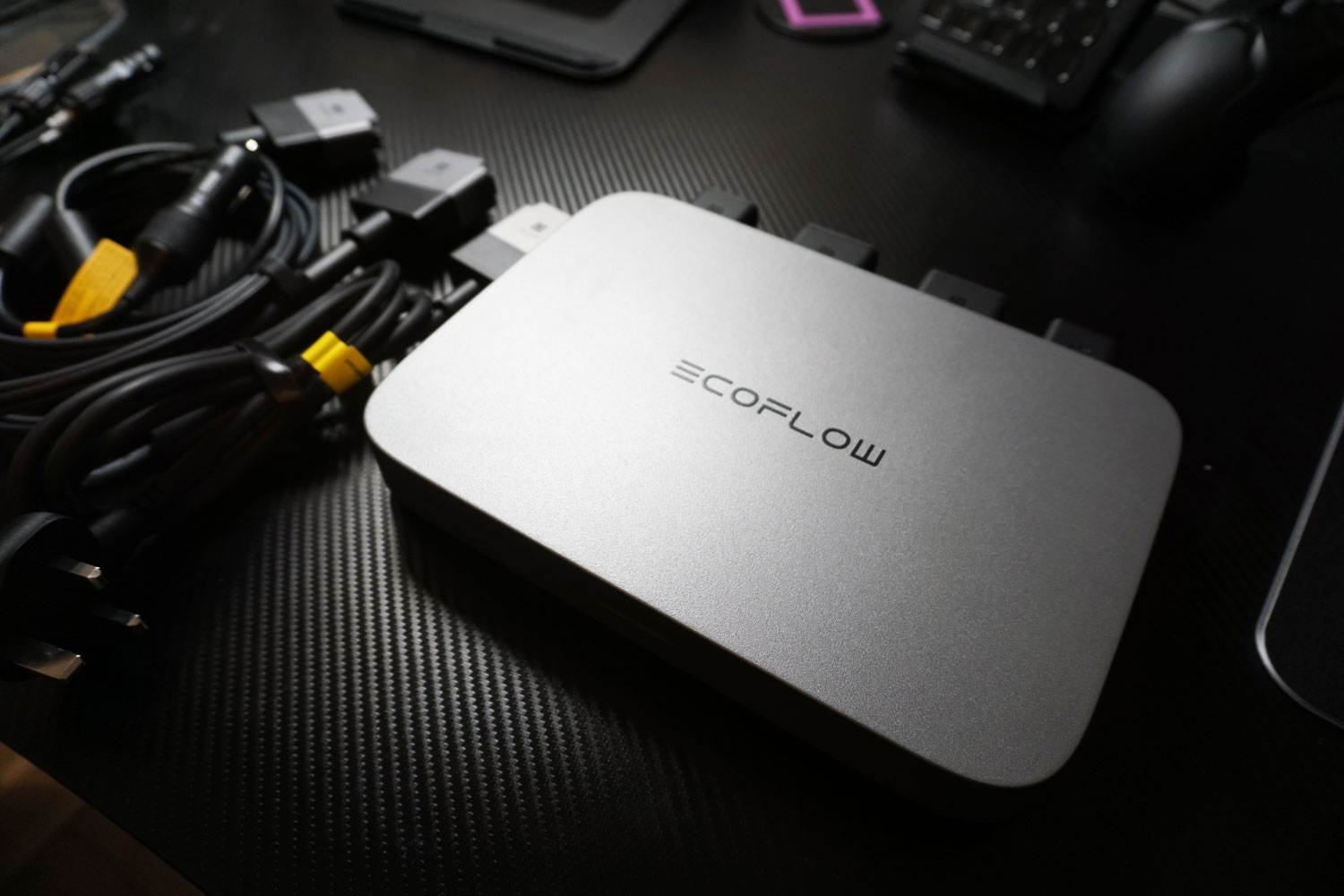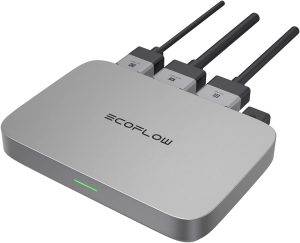Maximizing Solar Energy: A Day with 300W Solar Panels in the UK
Harnessing the Power of the Sun
In an effort to reduce our reliance on utility power and embrace renewable energy, I’ve set up a solar panel system in our garden. With a total capacity of 300 watts, including two high-quality panels from Renogy, this system is a testament to sustainable living.

The EcoFlow PowerStream Unit
The heart of this setup is the EcoFlow PowerStream unit. This innovative device acts as a grid-tie inverter, redirecting the electricity generated by the solar panels back into the home grid. The primary goal is to cut down on the electricity we draw from the utility company, thereby saving on bills.

A Typical Summer Day’s Generation
I began recording the solar input at around 11 AM on a sunny summer day. Initially, the input was a promising 230 watts, but as the day progressed, changes in weather conditions affected the production.

The Fluctuating Solar Input
By 3 PM, cloud cover reduced the input to about 18 watts, but we had already generated 500 watt-hours by then. Later, around 4 PM, partial shading brought the input down to 50 watts. Surprisingly, even at 7:30 PM, the system was still generating around 8 watts before going offline at 8:30 PM.

Total Energy Generated
In total, the system produced 580 watt-hours that day, equivalent to a saving of 70p, considering the utility company’s rate of 30p per kilowatt-hour. This experiment highlights the potential of solar energy in reducing electricity costs, even in the unpredictable UK weather.

Concluding Thoughts
This setup demonstrates the feasibility and efficiency of solar panels in conjunction with a grid-tie inverter like the EcoFlow PowerStream unit. It’s a step towards a more sustainable and cost-effective energy solution for homeowners.


